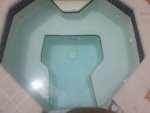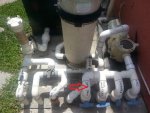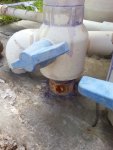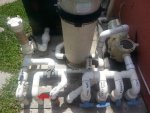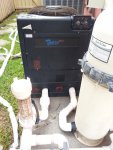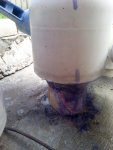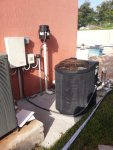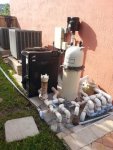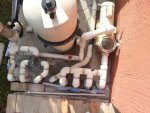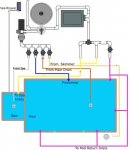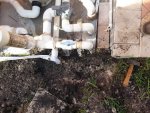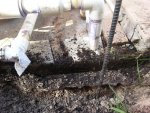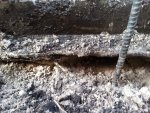Split by moderator out of this sticky. Best to start your own thread. Thanks, jblizzle
Thankfully found your forum today as I am desperately trying to learn how to maintain my pool and get rid of the pretty neon green that has started within the last few weeks... but I will read read read before I start asking
Thankfully found your forum today as I am desperately trying to learn how to maintain my pool and get rid of the pretty neon green that has started within the last few weeks... but I will read read read before I start asking


